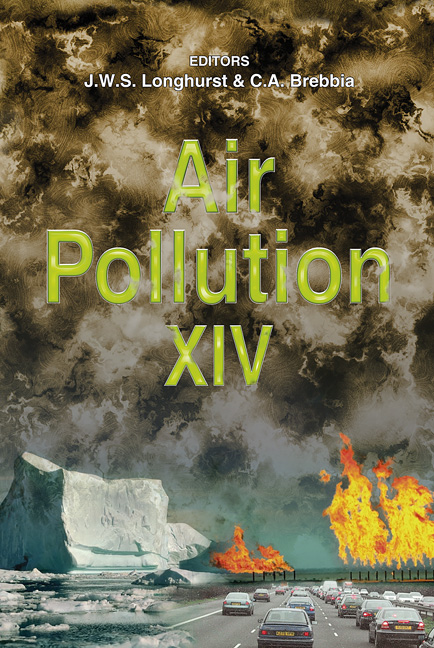PM10 Diffusion Modeling By CNN And Non-linear Predictive Functions
Price
Free (open access)
Transaction
Volume
86
Pages
11
Published
2006
Size
788 kb
Paper DOI
10.2495/AIR060131
Copyright
WIT Press
Author(s)
F. M. Raimondi, A. Lo Bue, M. C. Vitale & G. S. Amico
Abstract
In this paper a model for the forecast and control of atmospheric pollution caused by particulate matter (PM10) is proposed. It is based on the use of cellular neural networks (CNNs). More precisely, the model is the result of the integration of the mass balance equation and, at the same time, by the use of cellular neural networks (CNNs) and Bayesian networks in the context of a planar grid which describes a whole urban area; we considered the \“areal” sources conditioned by meteorological and pollutant parameters. The CNNs allow one to define a cellular system which gives the redefinition of the mass balance equation trough a dynamic discrete rule (update) that considers the contributions of the near cells. Bayesian nets provide the forecast in a fixed time interval which will be used for the determination of the pollutant amount in the interested area. Dynamics of the single cell feel the effect of meteorological and environmental parameters; contributions of these parameters are considered by means of some weights that will be determined through the minimization of an error index that is a function of the estimated data and the provisional data coming from the learning process by Bayesian networks tested with values from monitoring stations. The results obtained with this approach are quite interesting and the proposed model produces innovative results because it takes advantage of the combination of two models: CNN (for mesoscale topology) and Bayesian network (for the daily forecast of the PM10 concentration). 1 Introduction Controlling possible sources of atmospheric pollution and prevention critical events has become a relevant problem in our increasingly degraded environment.
Keywords





